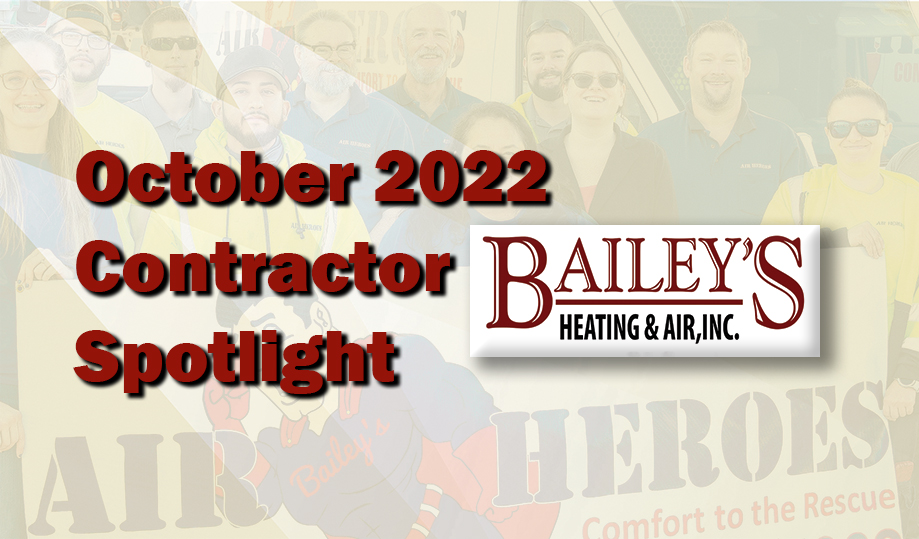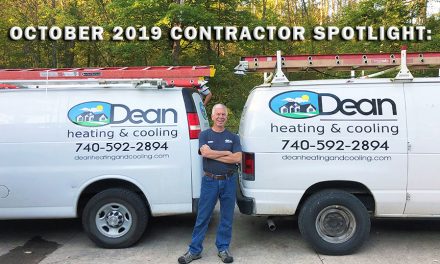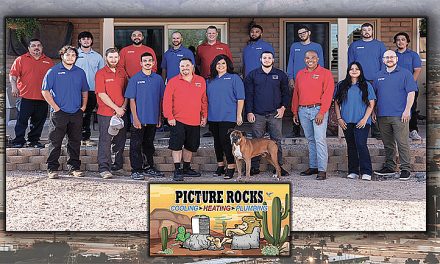Bailey takes that a step further. Not only does he invest in getting his crews trained, but he also invests in giving back by providing training to other contractors and technicians within the Central Valley area.
“I not only preach training,” he says. “I also teach it through IHACI and have been doing that for around eight years.”
He says he strongly believes in getting third-party certifications for himself and his field team. He sets goals for techs to get trained and earn certifications and even pays spiffs if they attain NATE certifications (among others). Today more than half of his technicians are certified.
Furthermore, more than two-thirds of them have also taken airflow testing and diagnostics classes from National Comfort Institute (NCI), and several have also been through that organization’s combustion classes.
People Come and People Go
Bailey says that he knows some HVAC contractors don’t offer the same training options for their techs as he does because they fear those guys will leave and go to a competitor.

in each room of a home. Bailey Heating and Air
uses these instruments to test airflow
before and after they work on
a system.
“That doesn’t worry me too much. I’ve had people go through classes and begin using the new techniques, only to receive offers for more money elsewhere and leave. I had two techs leave this year, but they both wanted to come back after less than a few months.
“And I did take them back. These techs are good employees. The companies they went to couldn’t keep their promises.
Furthermore, the techs told me that the new companies didn’t do things the way we did with all our testing and our focus on doing things correctly. They told me that they couldn’t deal with that.”
California Dreaming
Of course, Bailey Heating and Air, like every other small business in California, is subject to the regulatory whims of the government in a state that prides itself on cutting edge for just about everything. As such, Bailey takes advantage of training opportunities offered through the investor-owned utilities such as PG&E (Pacific Gas & Electric) and SCE (Southern California Edison).
In addition to training, Bailey has participated in all of the offered energy saving measures through PG&E’s different programs over the decades. These programs sought to incentivize homeowners to increase home energy efficiencies with goals of 30% or better in energy savings.
PG&E’s TECH Clean program offered two levels — Advanced and Basic. Bailey says, “They were totally different. The basic program was more prescriptive and required high efficiency equipment be installed, while the advanced program required the contractor and participants to model the home, replace windows, insulation, and other things. Then they had to show how much energy savings the customer would achieve as a result,” Bailey explains.
“The amount of incentive was based on the modeled savings, and rebate dollars were paid according to the model. Some models promised energy savings up to 50%.”
Pay to Play
“PG&E switched to a pay-to-play program a few years back so the utility could monitor energy use and look at prior year usage of the homes that participated in the advanced program. After several years, PG&E found they were only getting a 3% return on their money. Because of this they dropped the advanced program.”
Bailey says his company participated only in the basic program, and most of his replacement and renovation jobs saved around 30% energy which PG&E was not getting from the advanced program. He says they were told that they consistently achieved the biggest energy savings in the program.
“They approached us and wanted to know how we did that,” he says.”
Click Below for the Next page:













Recent Comments